2024-12-26
What is Consolidated Freight?
Consolidated freight denotes the transportation method where goods from various shippers are consolidated into a single container or other transport vessel. This approach is extensively utilized in international trade, particularly for less-than-container-load (LCL) shipments. As the volume of goods from a single shipper is often insufficient to fill an entire container, consolidated freight significantly enhances transportation efficiency and minimizes costs.
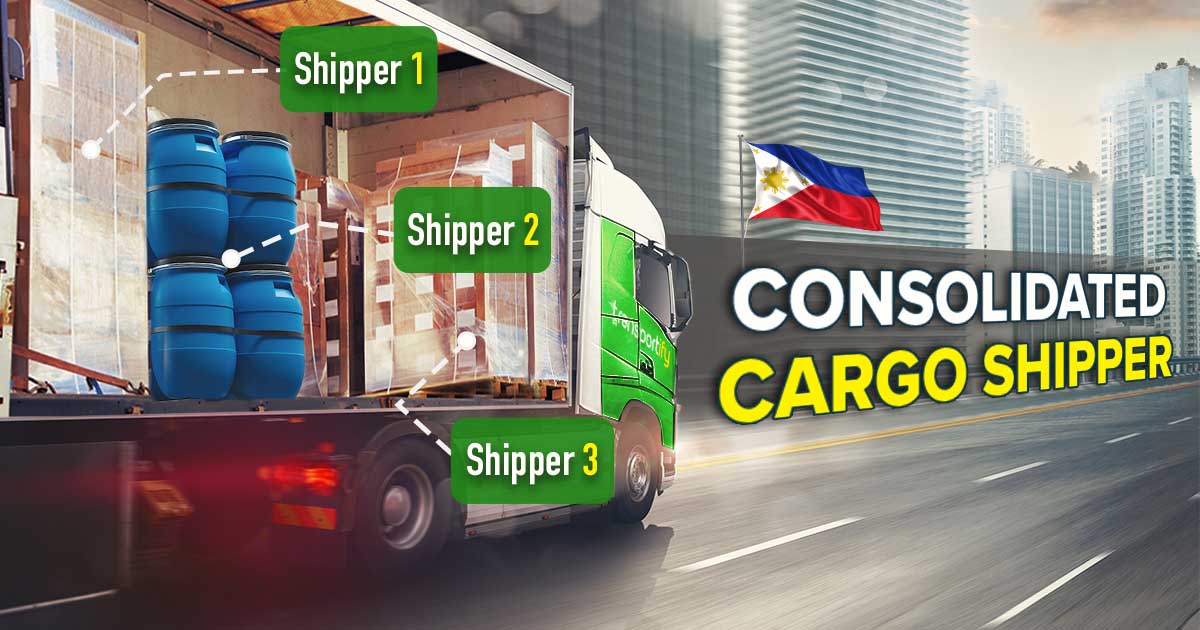 Benefits of Consolidated Freight
Benefits of Consolidated Freight
How Does Consolidated Freight Operate?
The operation of consolidated freight in international trade involves a complex sequence of steps and multiple parties:
Goods Collection: Initially, a freight forwarder or logistics company gathers goods from various shippers. These goods, originating from different manufacturers or sellers, typically do not fill a container on their own.
Cargo Classification and Consolidation: The collected goods are transported to the freight forwarder's warehouse or consolidation center, where they are sorted by destination. Logistics specialists then consolidate the goods into one or more containers, a process that requires meticulous planning to ensure optimal use of container space, considering weight, volume, loading/unloading sequence, and transportation safety.
Export Customs Clearance: The consolidated goods undergo customs clearance in the exporting country, which includes paying export duties, submitting necessary documentation (such as commercial invoices, packing lists, export licenses), and undergoing customs inspections.
International Transportation: Post-clearance, the container is loaded onto a cargo vessel, aircraft, or other transport means to initiate international transit. Consolidated freight enables the sharing of transport units among multiple shippers, thereby reducing individual transportation costs.
Destination Port Processing: Upon arrival at the destination port, the goods must be cleared and collected, which often involves paying import duties, submitting import documents, and undergoing inspections by the destination customs.
Goods Distribution: After clearing customs, the goods are unloaded from the container and distributed according to the consignee's address, potentially involving further inland transport via trucking or rail.
Delivery of Goods: Ultimately, the goods are transported to the consignees' designated locations to complete the delivery. A cargo tracking system ensures that both the consignor and consignee can monitor the goods' status and location in real time.
The successful execution of consolidated freight relies on efficient logistics management, precise cargo tracking, and effective coordination with customs and other regulatory bodies. Through consolidated freight, international trade participants can reduce costs, enhance efficiency, and better manage supply chain risks.
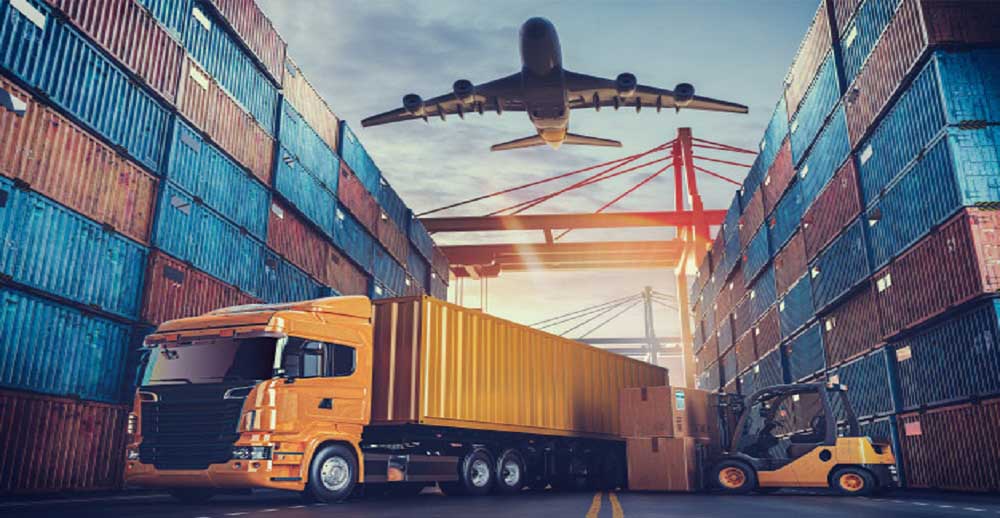
Precautions for Consolidated Freight Operations
By adhering to these key points, you can ensure that consolidated freight operations are efficient, safe, and compliant, thereby reducing operational risks. Naturally, if you opt to collaborate with a freight forwarder, these considerations fall within their scope of expertise.
Why Choose Jikeship as your consolidated freight service provider in China?
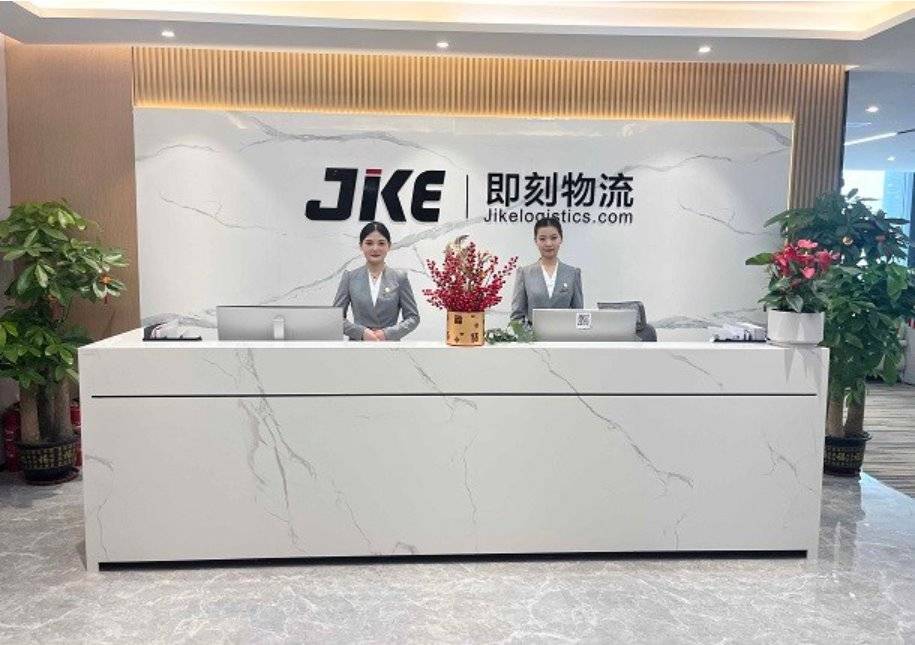 As a professional logistics service provider, Jikeship is dedicated to offering customers comprehensive and efficient transportation solutions. We recognize the pivotal role transportation plays for businesses, which is why we offer a full range of services and continuously innovate and optimize to accommodate the evolving needs of our customers.
As a professional logistics service provider, Jikeship is dedicated to offering customers comprehensive and efficient transportation solutions. We recognize the pivotal role transportation plays for businesses, which is why we offer a full range of services and continuously innovate and optimize to accommodate the evolving needs of our customers.
Jikeship boasts an experienced and professional team well-versed in logistics management and global transportation regulations. Whether your goods are shipped domestically or internationally, we provide full tracking and reliable, expedited services. Moreover, we have established strong cooperative relationships with major airlines, shipping companies, and logistics partners, ensuring your goods reach their destinations at the most favorable prices and in the shortest transit times.
Selecting Jikeship grants you access to a flexible and diverse range of services. We offer various transportation methods, including air, sea, and land transport, and tailor the optimal solution based on the characteristics of your goods and specific customer requirements. Whether you're dealing with** bulk, sensitive, or special goods**, we can provide customized transportation solutions to ensure your goods arrive safely and punctually at their destination.
| Consolidated Freight Services from China |
FAQ
1. Which Industries Does Consolidated Freight Apply To?
Consolidated freight is applicable across multiple industries, particularly those requiring frequent small-volume, multi-batch cargo transportation, such as e-commerce, retail, and manufacturing.
2. How to Ensure the Safety of Goods in Consolidated Freight?
In consolidating freight, logistics service providers typically offer unified insurance services for consolidated goods to mitigate potential risks of loss or damage. Additionally, advanced logistics information systems and intelligent monitoring technology enable real-time tracking of goods to ensure their safety.
3. How Does Consolidated Freight Compare to Drop Shipping?
Consolidated freight, in comparison to direct transportation, places greater emphasis on the centralized integration and economies of scale of goods. Through centralized transportation, the per-unit transportation cost can be reduced, and transportation efficiency can be enhanced.
4. How to Coordinate the Goods of Different Shippers in Consolidated Freight?
In consolidating freight, logistics service providers must communicate closely with various shippers to understand the characteristics and needs of the goods. Advanced logistics information systems facilitate real-time tracking and scheduling, ensuring timely consolidation and transportation of goods.
5. Does Consolidated Freight Apply to All Types of Goods?
Freight consolidation is primarily suitable for goods that can be consolidated, such as boxed or palletized goods. For special goods like fragile or perishable items, additional protective measures may be necessary.
| Free Freight Quote from China |
| Consolidated Freight Services from China |
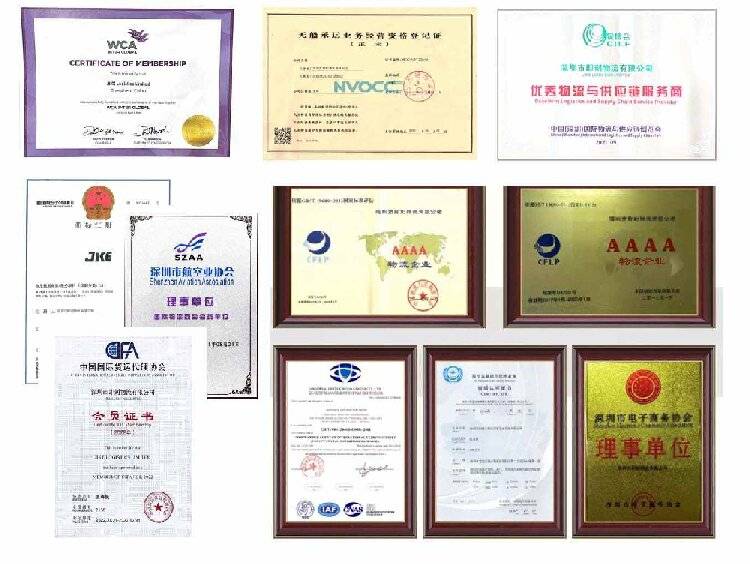
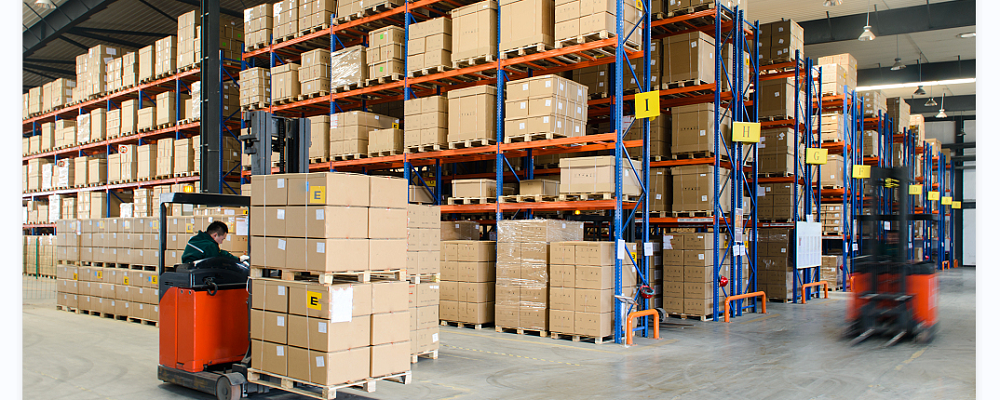
JIKEship, one of the leading logistics companies, is your qualified provider of a full range of services in warehouse logistics and value-added services.
2022-11-04

Facing challenges with ocean shipping regulations? No worry! Dive into this article addressing common issues in shipping container to Iran from China.
2024-04-25

Understand the DAP Incoterm in one article: easy and simple guide! We provide clear guidance and protection for buyers and sellers.
2024-12-06
We use third-party cookies in order to personalise your experience.
Read our cookie policy